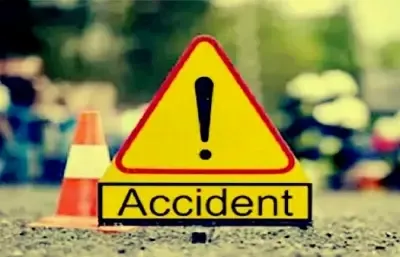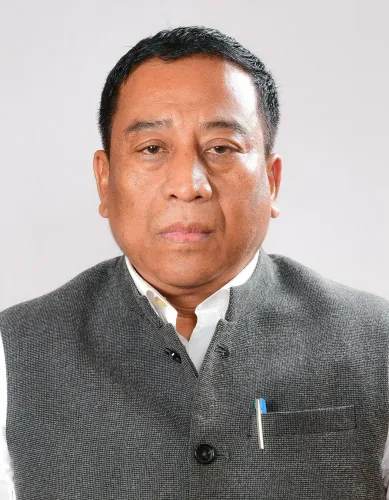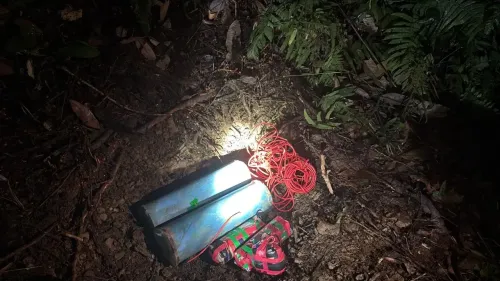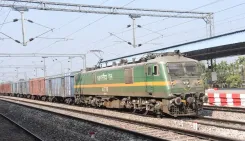Has MP Adopted 112 as Its Unified Emergency Response Number?
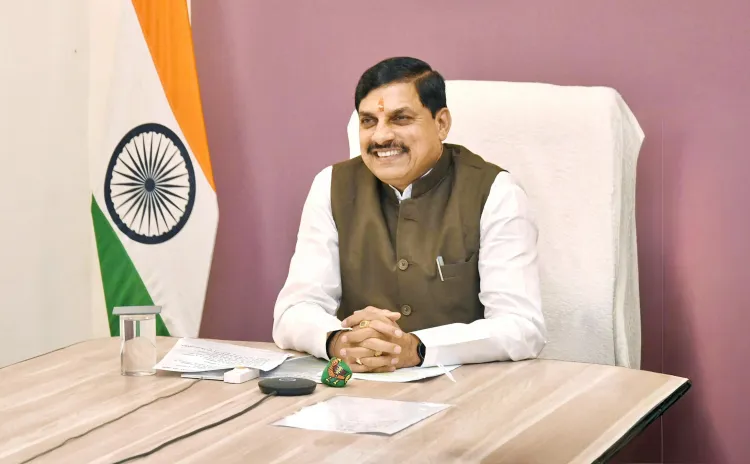
Synopsis
Key Takeaways
- Madhya Pradesh adopts Dial-112 as emergency number.
- Transition from Dial-100 to ensure smoother responses.
- Integrated services for police, ambulance, fire, etc.
- Advanced technology for improved emergency response.
- Focus on proactive public safety measures.
Bhopal, Aug 14 (NationPress) Madhya Pradesh has officially embraced ‘112’ as its new integrated emergency response number, aligning with global standards like ‘911’ in the US and ‘999’ in the UK. Chief Minister Mohan Yadav formally inaugurated the service, signifying the start of a phased transition from the decade-old Dial-100 system.
The introduction of Dial-112 is set to gradually replace existing emergency numbers -- 100 (police), 101 (fire services), 102 (ambulance), and 108 (disaster management). However, these previous helplines will continue operating for at least one year to ensure a smooth transition.
With this initiative, Madhya Pradesh joins a growing list of states and union territories -- including Andhra Pradesh, Uttarakhand, Punjab, Kerala, Rajasthan, Uttar Pradesh, Telangana, Tamil Nadu, Gujarat, Puducherry, Lakshadweep, Andaman & Nicobar Islands, Dadra & Nagar Haveli, Daman & Diu, Jammu & Kashmir, Himachal Pradesh, and Nagaland -- that have already transitioned to 112 as their primary emergency helpline.
A senior police official described Dial-112 as “an integrated, smart, and multi-agency emergency response service, continuing the legacy of Dial-100”.
He added, “Considering the growing complexity of emergency situations and the necessity for coordinated responses, the system has been redesigned to meet the demands of a rapidly evolving technological landscape.”
With the rollout of Dial-112, citizens will now access a comprehensive range of emergency services -- police, ambulance, fire, women’s helpline, cybercrime, highway accident response, disaster relief, and child protection -- through a single number.
The revamped platform is not merely a merger of services but a thorough overhaul of the state’s emergency response architecture.
The new contact centre, capable of managing 100 agents per shift and supported by a 40-seat dispatch unit, is enhanced by advanced technologies including SIP-based trunk lines for seamless call connectivity, real-time location tracking, and data analytics.
The system also includes number masking to protect caller privacy, chatbot-enabled citizen interaction tracking, and dedicated mobile applications for both citizens and police personnel. Transparency and operational efficiency have been prioritized through the deployment of dashboards and body-worn cameras in Field Response Vehicles (FRVs), biometric attendance systems for staff, and fleet management software to monitor vehicle maintenance.
These advancements are designed not only to respond to emergencies but also to anticipate and prevent them, marking a shift from reactive to proactive public safety.
The launch of Dial-112 builds upon the impressive legacy of Dial-100, which began on November 1, 2015, as India’s first centralized, statewide police emergency response service. It deployed over 1,000 GPS-enabled four-wheelers and 150 two-wheelers, equipped with mobile data terminals and location-based systems that allowed call-takers to trace callers in distress and dispatch help promptly.
According to official data from Madhya Pradesh Police over the past decade, Dial-100 received nearly nine crore calls, of which more than two crore were actionable. Assistance was successfully provided in nearly two crore cases, including over 19 lakh interventions related to women’s safety, more than 12 lakh responses to road accidents, and over two lakh cases involving mental health emergencies such as suicide and depression.
The service also played a vital role in rescuing abandoned newborns, aiding senior citizens, and locating missing children.

